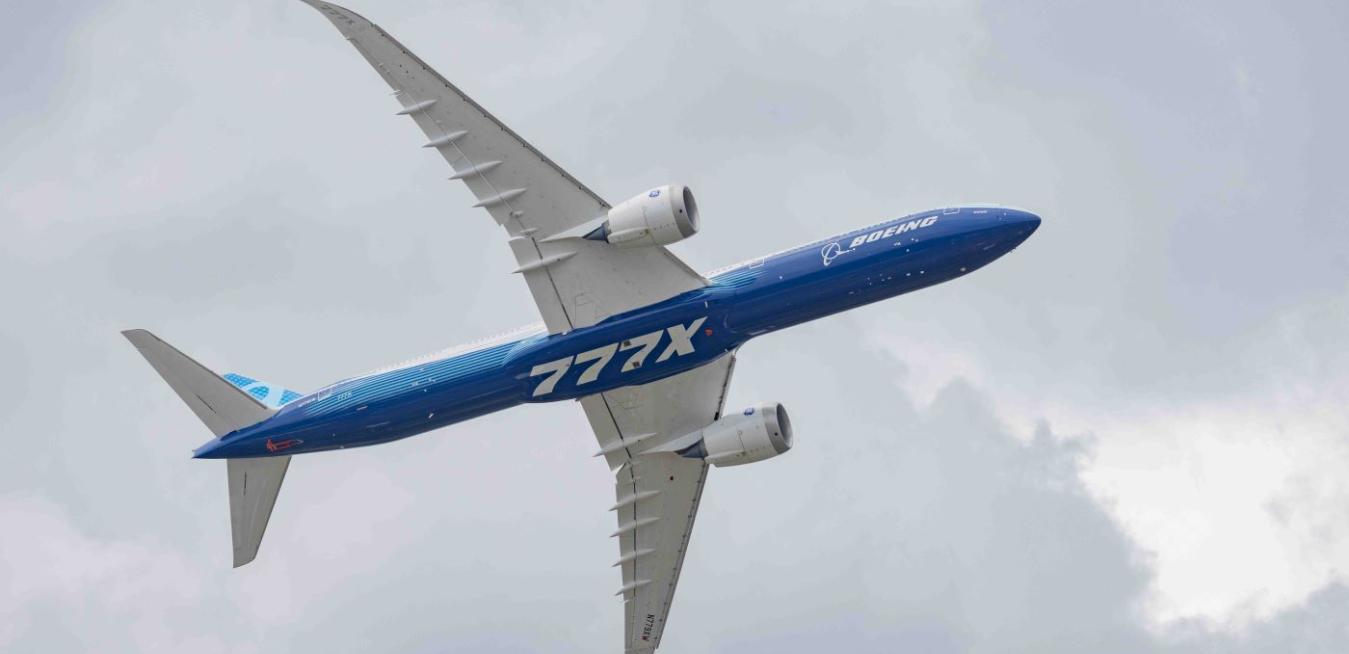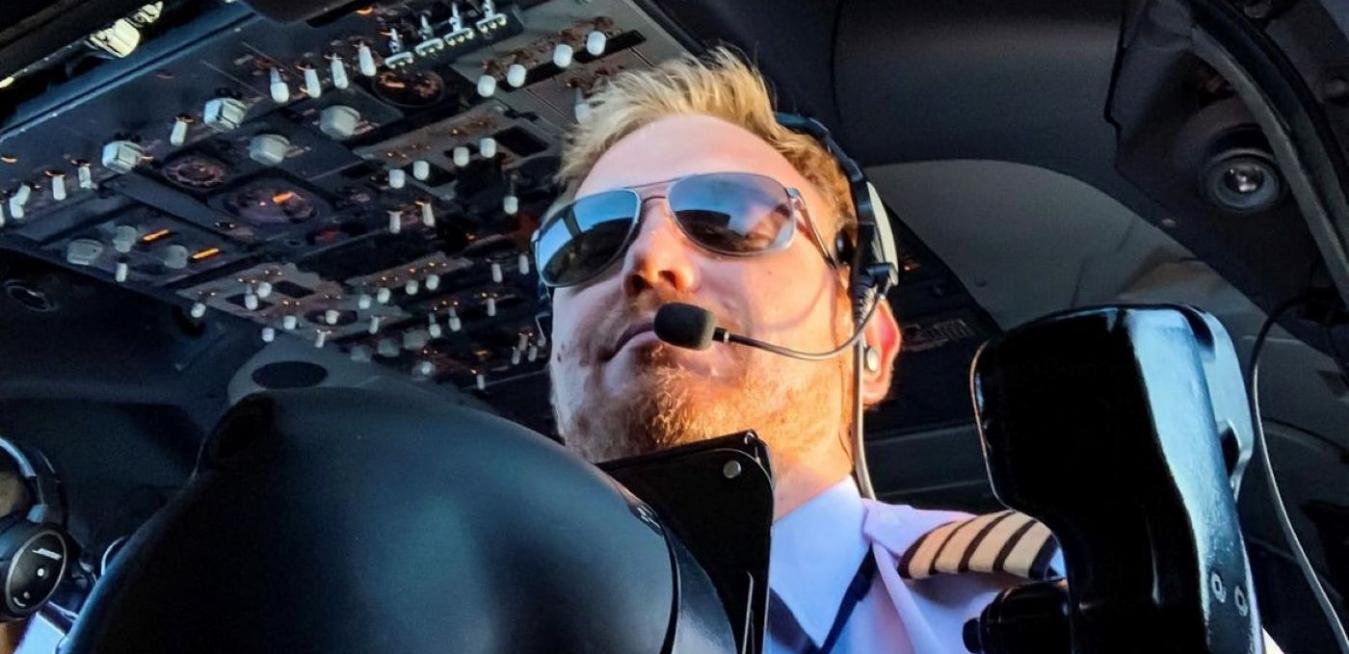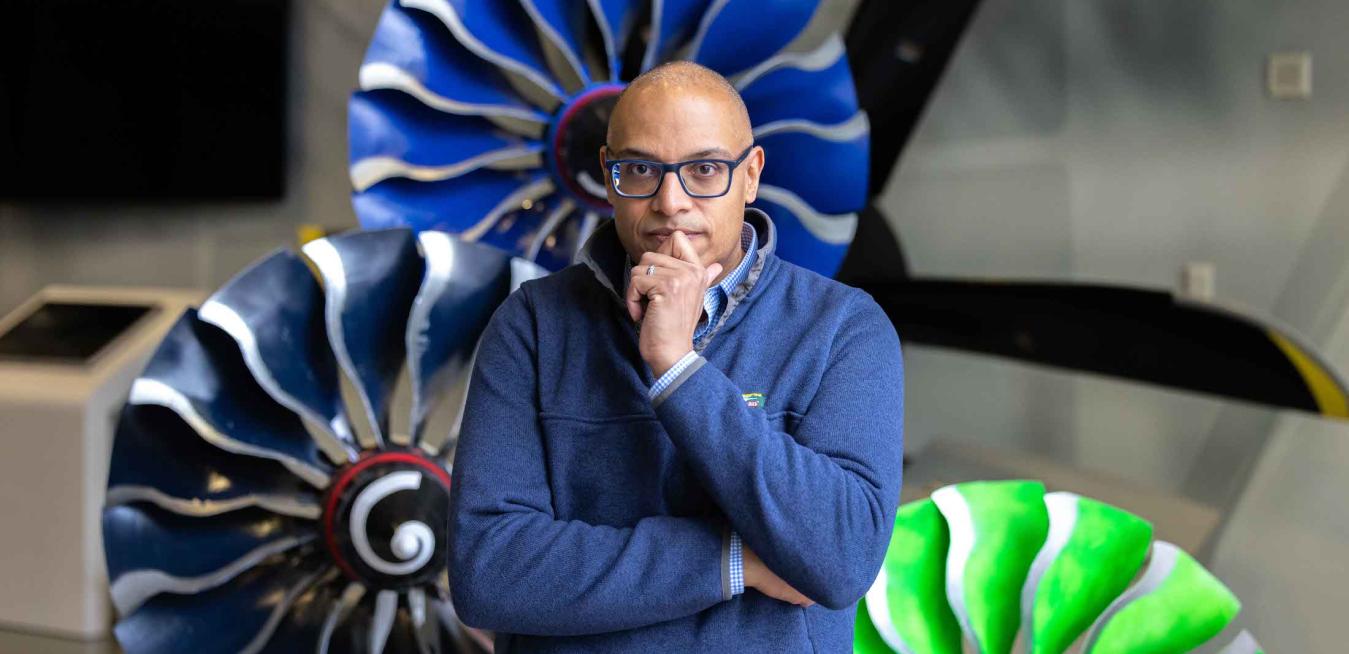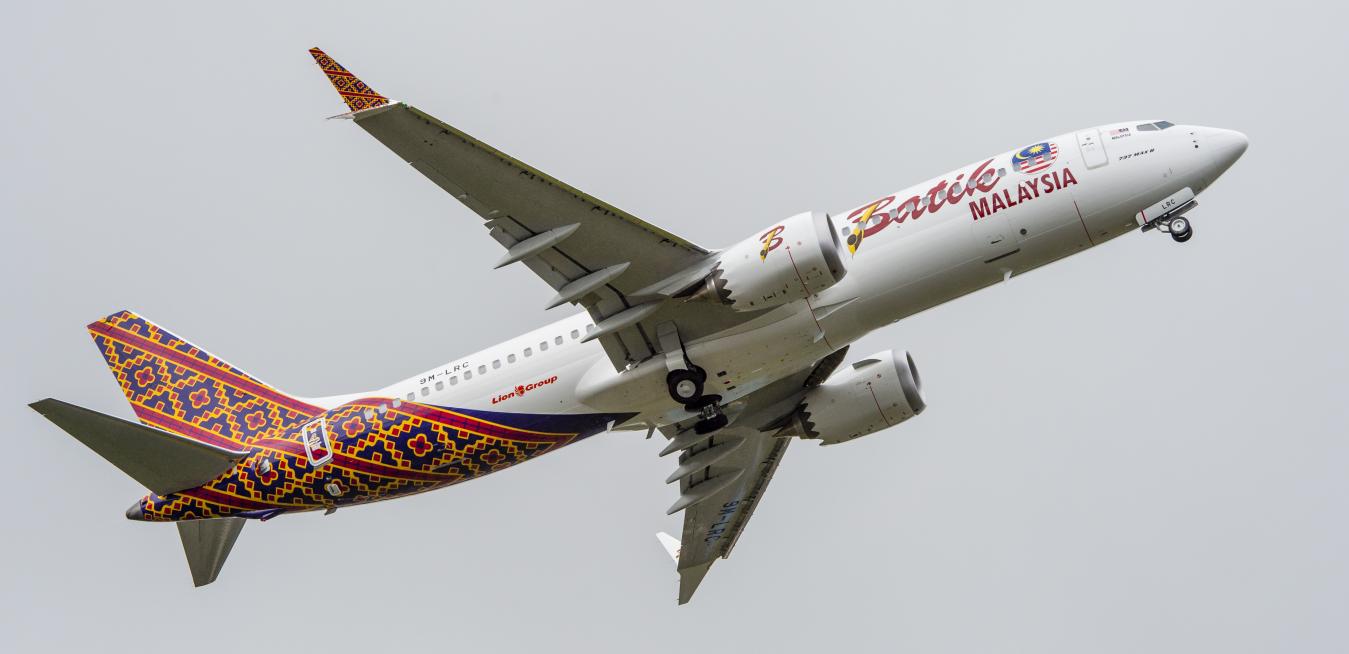Anyone who visited the GE Aerospace chalet last week at the Paris Air Show, on the grounds of Le Bourget Airport, came away with three distinct impressions: The market for engines is growing, lean is working, and new technologies are on the rise.
Currently showing on Petter Hörnfeldt’s popular aviation-themed YouTube channel is a video entitled “Revolutionizing Flight! The Amazing Potential of the CFM RISE Engine.” On screen, Hörnfeldt wears a black T-shirt sporting the “Mentour Crew” logo — a reference to Mentour Pilot, the name of his channel and its sister channel, Mentour Now!
When Chris Day was in sixth grade, he didn’t feel like one of the cool kids. That is, until the day he broke his battery-powered toy truck and brought it to his dad, James. Instead of buying a new one — Chris knew there was little chance of that — James took a screwdriver to the chassis and pulled out the motor. Then he showed Chris how to wire it to a propeller from a balsa wood airplane. They hooked up a 9-volt battery and voilà: a homemade electric fan. “I brought the fan to school and the kids went crazy,” Chris remembers.
The weather was mostly fair on April 24, 1982, when a Delta Air Lines plane flew on a routine flight from Atlanta to Savannah, Georgia. It was hardly routine, however, for CFM International, a 50-50 joint company between GE and Safran Aircraft Engines. That flight, on a McDonnell Douglas DC-8-71 aircraft, marked the first commercial use of a CFM engine, the CFM56-2.









